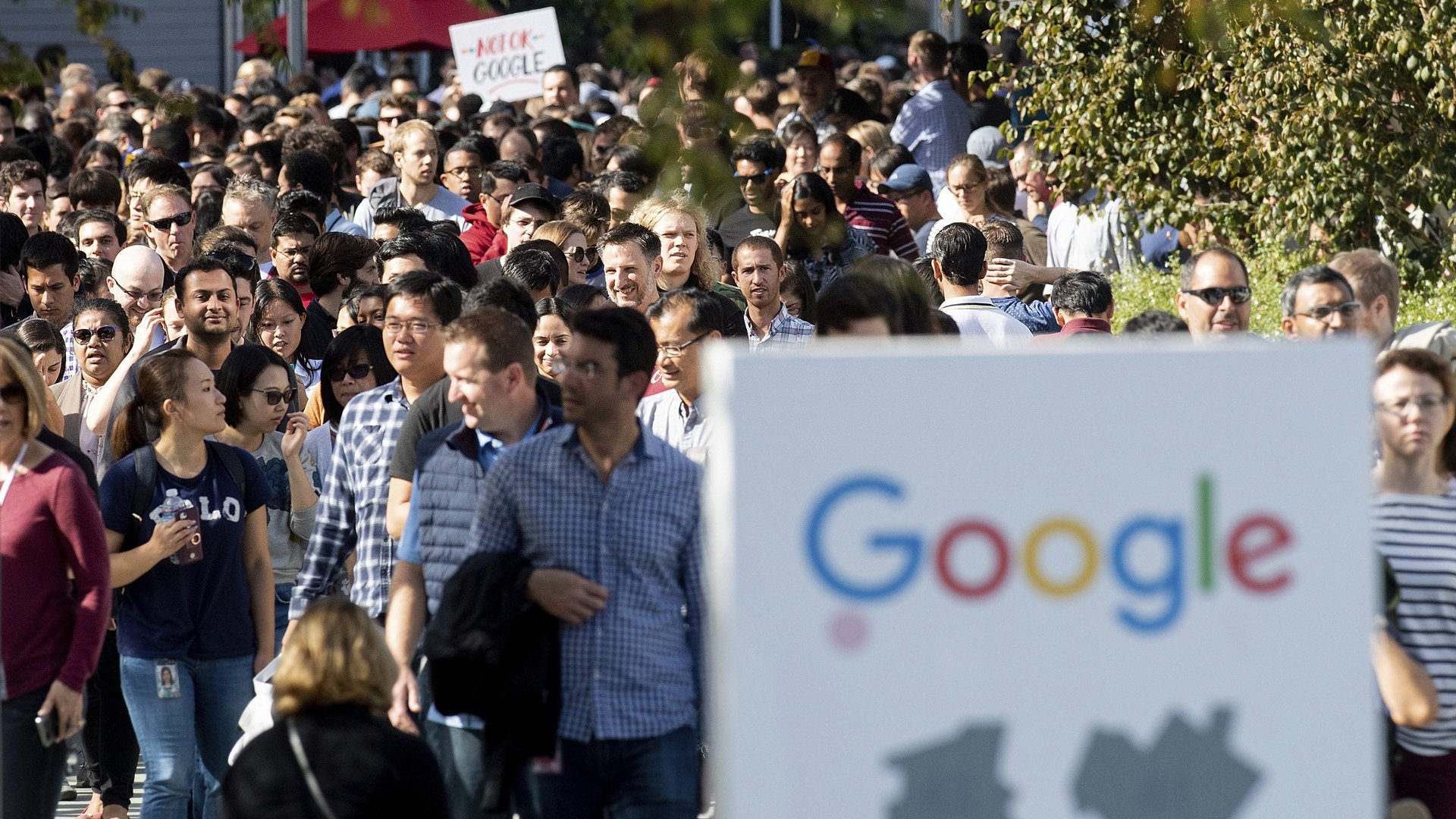Six in 10 H-1B positions may be paying below the local median wage
Critics of the H-1B programme often say it is used to source cheap labour from outside the US. New research has once again brought these claims to the fore.


Critics of the H-1B programme often say it is used to source cheap labour from outside the US. New research has once again brought these claims to the fore.
Six in 10 H-1B positions that are certified by the US department of labor (DoL) are assigned below the median of the local wage for the occupation, according to a paper published on May 4 by Washington DC-based think tank Economic Policy Institute (EPI).
In 2019, of the four levels of wages determined by DoL, the two lowest fell well below the local median wage, EPI found. For computer-related occupations, which are among the most common H-1B users, wages were between 17% and 34% lower than the local median.
“While the H-1B programme rules allow this, DoL has the authority to change it—but hasn’t,” EPI said about the prevailing wage levels.
H1-B visa holders work mostly in the STEM (science, technology, engineering, and mathematics) fields, with over 85% of them being Indians. Over the years, the visa has become a vehicle to attract skilled foreign-born talent to the US, mainly to plug labour supply gaps in the tech sector.
Waiting for change
“In the first few years of having the visa, most immigrants see it as a fair deal. They have the opportunity to come to America and fulfil their dreams, and, in return, make less than an established peer,” said Ran Harnevo, CEO of Homeis, a one-stop-shop for expats in the US. “The findings themselves are not surprising, but the problem lies elsewhere in my opinion. The main question is that of the path of an H-1B holder trying to achieve full residency.”
In the case of an average Indian immigrant, green card waits last an average of 12 years and the queue is only getting longer. In that time, they start to earn less than their American counterparts due to dependency on the visa. If employees get fired and lose H-1B status, they have to leave the country immediately. “I don’t know if I would call it abuse but it’s definitely unfavourable for skilled STEM workers who rely on the H-1B visa for years,” Harnevo said.
However, the system is within the legal bounds set by DoL. Employers also have to prominently display a notice with the job, salary, and location on the worksite, so that abuse can be reported by employees or the public.
“H-1B abuse is often reported but that does not mean all H-1B employers are abusing the programme,” explained Poorvi Chothani, managing partner at immigration law firm LawQuest, said.
Moreover, EPI’s analysis should be taken with a pinch of salt, Chothani stated.
“The study has used LCA data rather than USCIS data hence there is an over counting of petitions, as more LCAs are filed than visa petitions. Plus they have relied on the median rather than mean wage data so the wages look lower,” she said. “Both are a way of manipulating the data by people who are against the H-1B program to mislead readers into believing the program is being misused.”
Size matters?
EPI’s report alleges that the small number of firms dominating the H-1B programme is problematic.
Of the over 53,000 employers that used it in 2019, the top 30 employers accounted for more than one in four of all the nearly 390,000 H-1B petitions approved by US Citizenship and Immigration Services, the EPI report said.
While there are exceptions like Facebook and Oracle, a majority of the H-1B workforce at tech bigwigs such as Amazon, Google, Microsoft, Apple, Qualcomm, Salesforce, and Uber, earns wages at levels 1 and 2.
Moreover, half of these top employers use an outsourcing business model to provide staff for third-party clients, rather than employing H-1B workers directly to fill a special need at the company that applies for the visa.
However, this is hardly a flaw, experts say. “I don’t see anything wrong with this; it is a matter of business need,” said Chothani. “Staffing services is a legitimate business and hence H-1B workers can be engaged by such and other IT services companies and deployed to end clients.”
In fact, the apparent bias towards big, recognisable players is in fact a bid to make the allocation system foolproof. In effect, it helps weed out shell companies committing fraud.
Of course, there are still casualties. “Startups are being hurt and are having a really hard time to approve H1Bs for their employees,” said Harnevo of Homeis. In the past two years, he said, this firm was rejected four out of four times.
Like EPI, Harnevo, too, calls for reform. “Building a more fair, sustainable path for talented people to evolve to another better, more secure visa even before getting a green card is very necessary.”